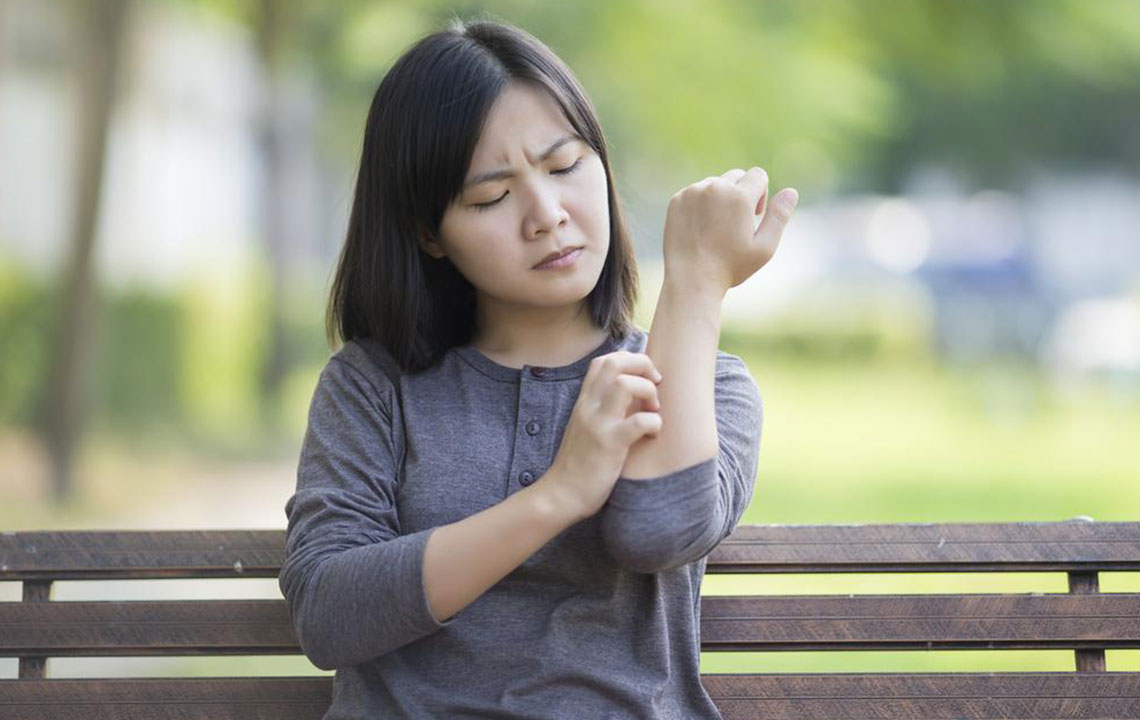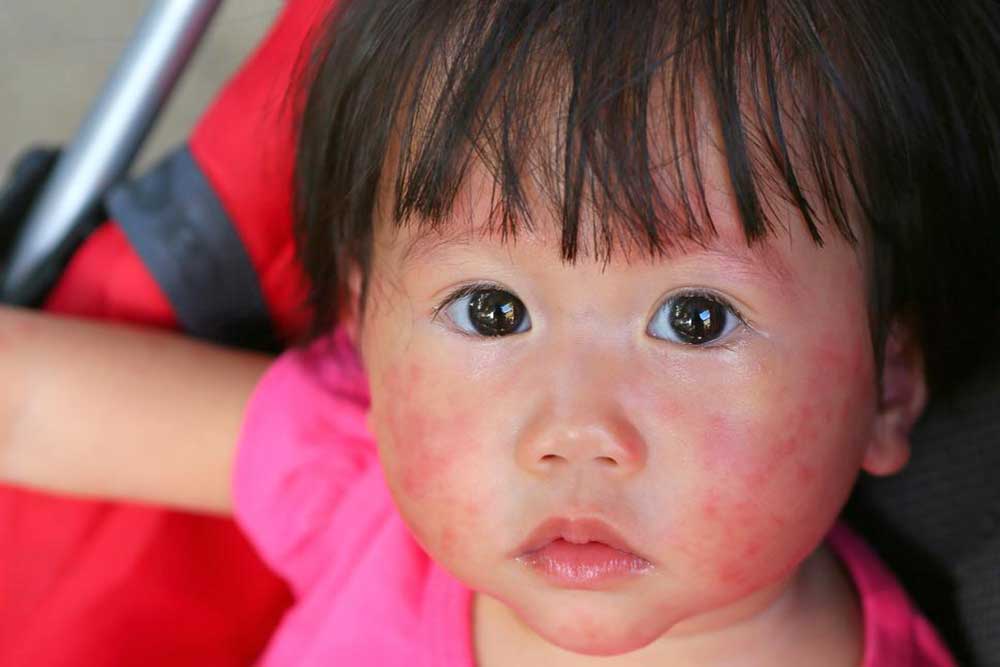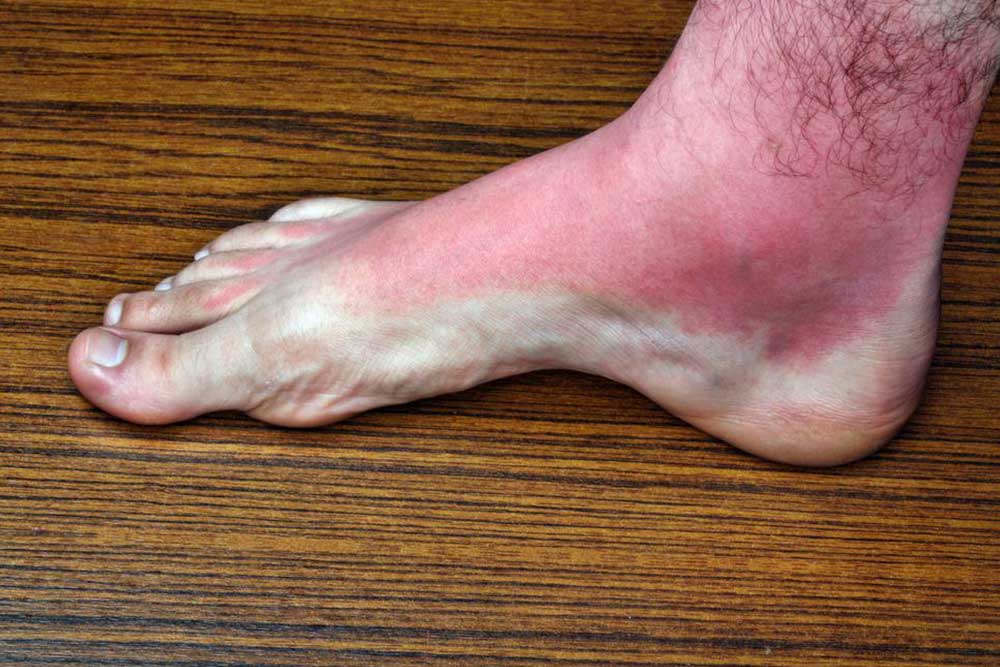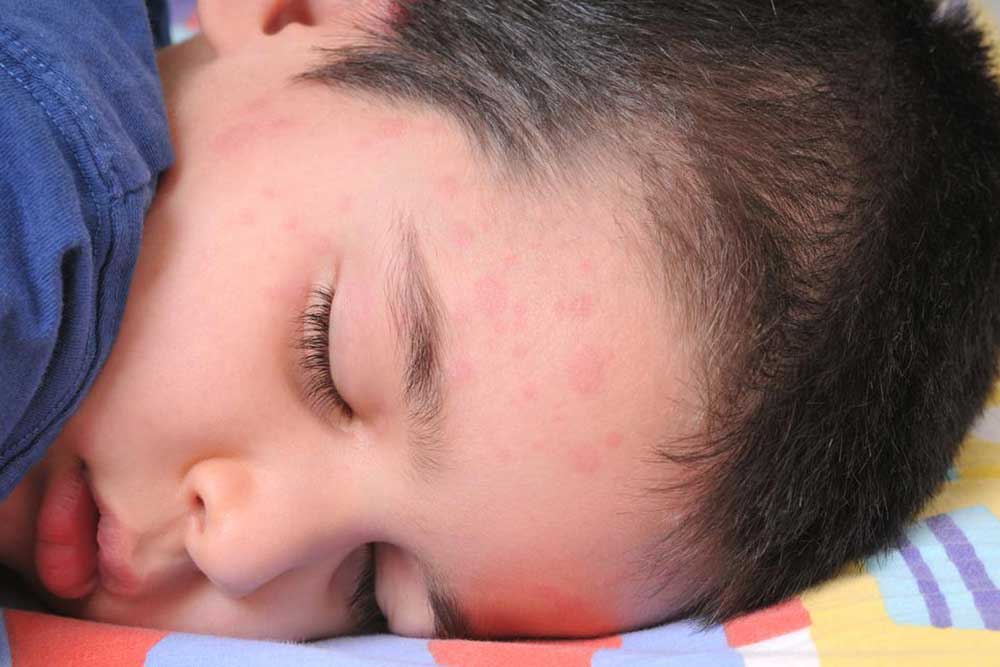Top 7 Causes Behind Skin Rashes and Their Symptoms
Explore the top seven common causes of skin rashes, including contact dermatitis, seborrheic dermatitis, and allergic reactions. Learn how various factors like infections, autoimmune diseases, medications, and insect bites contribute to skin irritation. This comprehensive overview helps in understanding symptoms and triggers to manage and prevent rashes effectively.

Top 7 Causes Behind Skin Rashes and Their Symptoms
Skin rashes manifest as irregular patches, bumps, or sores, often accompanied by redness, dryness, or scaling. These reactions can stem from genetic, environmental, or infectious causes. Understanding common triggers can help in managing and preventing them effectively.
Contact dermatitis: This type of rash results from direct contact with an irritant or allergen. Irritant contact dermatitis occurs when chemicals like soaps or detergents damage the skin, causing a burn-like feeling. Allergic contact dermatitis develops when the skin reacts to substances like latex, adhesives, or fragrances.
Seborrheic dermatitis: Commonly known as dandruff, this condition causes red, flaky patches on the scalp. Factors such as excessive shampooing, fungal infections like Malassezia, stress, dehydration, zinc deficiency, or a weakened immune system can trigger it.
Atopic dermatitis: A chronic, itchy skin condition that weakens the skin barrier, making it more prone to irritants and infections. It often presents with inflamed and dry patches.
The integrity of the skin barrier is essential; when compromised, irritants like soaps and pollutants can penetrate more easily.
Additional causes of skin rashes include: Autoimmune diseases like psoriasis, which causes scaly patches; bacterial infections such as impetigo, leading to red sores and blisters; viral conditions like shingles, measles, rubella, and scarlet fever. Other factors include autoimmune disorders (e.g., lupus, Kawasaki disease), pregnancy-related rashes (PUPPP), adverse drug reactions, and insect bites that cause short-term skin reactions.
Autoimmune conditions: Diseases like lupus and juvenile rheumatoid arthritis may lead to skin rashes.
Pregnancy: Pruritic urticarial papules and plaques of pregnancy (PUPPP) are common during pregnancy.
Medication reactions: Allergic responses to certain drugs can cause rashes.
Insect bites: Bites or stings often result in temporary skin bumps or rashes.










